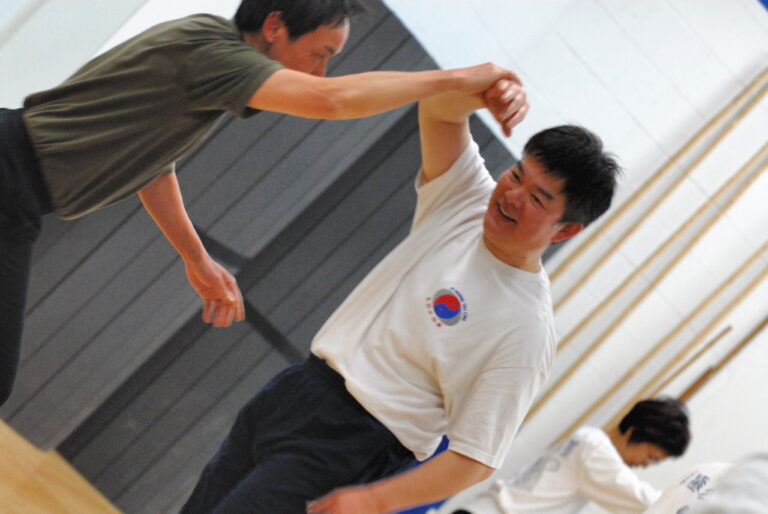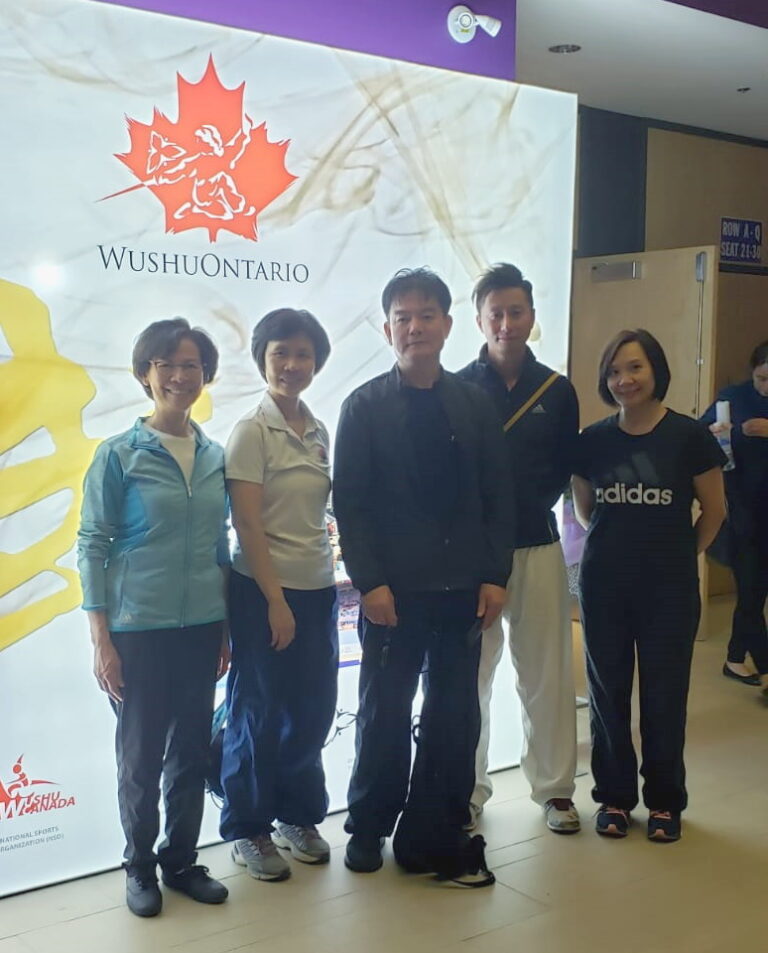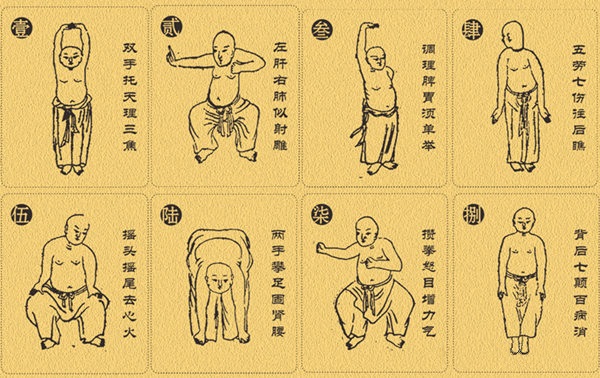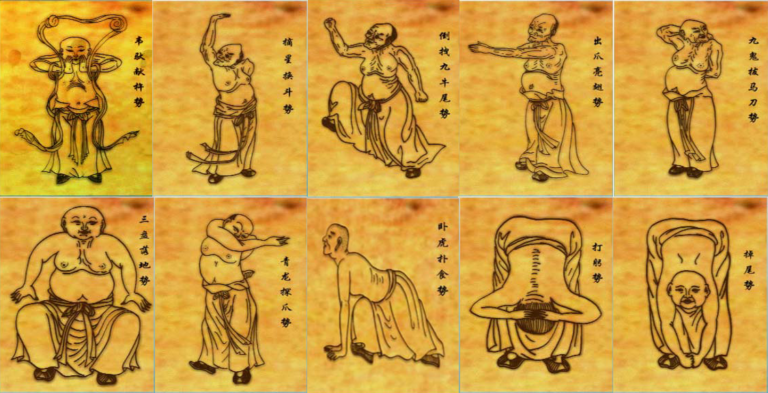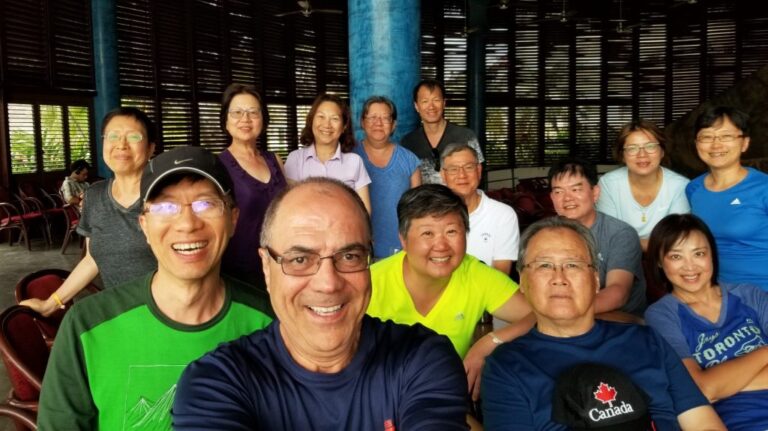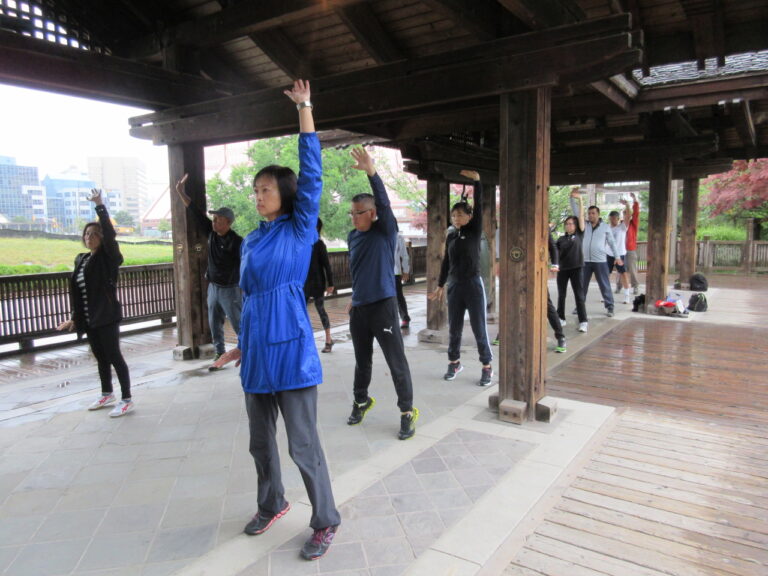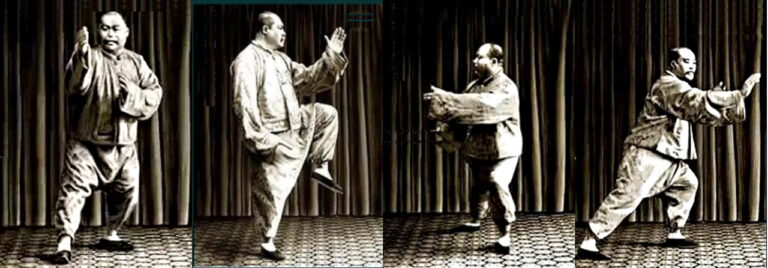The Taijiquan Treatise Explained: Part 3 of 3 (太極拳論-3)
In these paragraphs tai chi as an internal art is compared to other martial arts which are based on external skills development. It lists some of the skills we want to refine and the common mistakes one makes on the journey of learning tai chi.
The Taijiquan Treatise Explained: Part 2 of 3 (太極拳論-2)
The second and third paragraphs from the treatise describe the Tai Chi learning stages and objectives. It is a good summary of the training goals.
The Taijiquan Treatise Explained: Part 1 of 3 (太極拳論-1)
Tai chi as a philosophy is based on oneness with nature and oneness with the universe. In the beginning, just like the universe, it is boundless and limitless. The universe is governed by the relationship of opposites co-existing and complementing each other. This philosophy is the essence of Yin and Yang.
Tai Chi Push Hands
Push hands training and tai chi forms practice go hand in hand. Using this combination of practice allows us to progress at the most optimal pace in our learning. One type of tai chi practice is not better than the other type. In fact, forms based tai chi practice and push hands are the ideal complements in learning tai chi.
Tai Chi Featured at the 2019 International Traditional Kung Fu Masters’ Exhibition
The performance by Master Bao Sen Liang with his instructors was especially memorable. We’re proud of our instructors here at Ji Hong Tai Chi and how much these performances demonstrate their depth of skill and proficiency in tai chi.
What is Health Qi Gong?
These standardized qi gong forms consist of coordinated and flowing movements which require a person to focus on body posture, movements, breathing and mental thoughts. These forms are categorized as “Soft” and “Dynamic”, as opposed to “Hard” and “Static”. As a whole, they are commonly referred to as “Health Qi Gong”.
易筋经 Yi Jin Jing Muscle and Tendon Changing Classic
Yi Jin Jing is one of the many forms of qi gong and it is known to be practiced by monks in the Shaolin Temple. Yi Jin Jing is, by far, the most intense qi gong form among the forms recognized by the Chinese Health Qi Gong Association.
How to Become One with Nature through Tai Chi
The students of Ji Hong Tai Chi Richmond Hill and Ji Hong Tai Chi Mississauga attended a Tai Chi Retreat together in Cuba. Not only did we have a fabulous time together but we were treated to Chief Master Instructor Baosen Liang’s generous insights on the foundational theories of tai chi. These foundational concepts help us achieve the goal of being One with Nature within the practice of tai chi.
What is Wu Style Tai Chi?
The Wu family style (吳家 or 吳氏; pinyin: wújiā or wúshì) of tai chi is the second most popular tai chi style practiced worldwide after Yang style tai chi. In fact, Wu style tai chi is derived directly from Yang style tai chi. The routines of Wu style share very similar sequences of moves and names to Yang
Celebrating 15 Years of Tai Chi at Our Richmond Hill Location
On March 2nd 2019, students from both Mississauga and Richmond Hill studios came together to celebrate the 15th anniversary of the Richmond Hill studio location.
Four Ways to Enhance Your Qi Gong Practice
Qi Gong is an ancient health practice from China that uses gentle movements to stretch and strengthen the body. The movements are easy to learn and no special equipment or attire is required. This makes qi gong highly accessible regardless of age or physical abilities.
What is Yang Style Tai Chi?
If you are new to tai chi, you may not realize that there are multiple styles of tai chi. While the original tai chi style is Chen Style from Chen Village, another form emerged called Yang Style tai chi. This is what we often see practiced in parks and it has become the most popular


